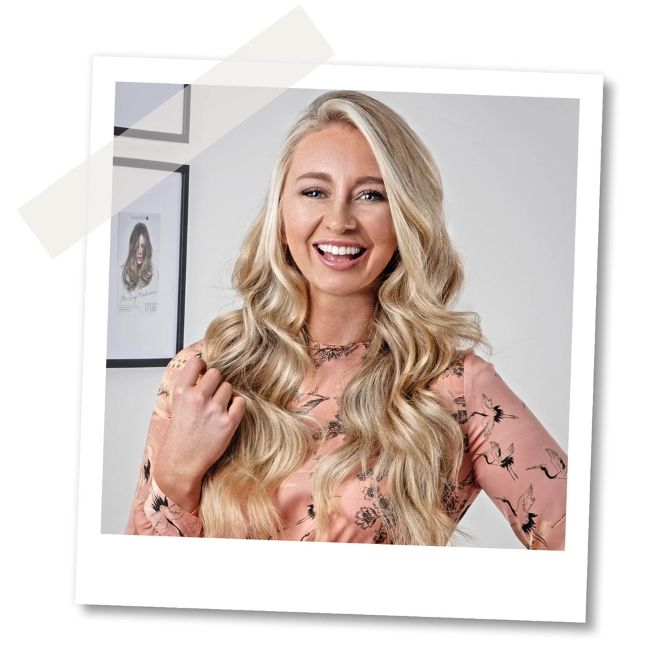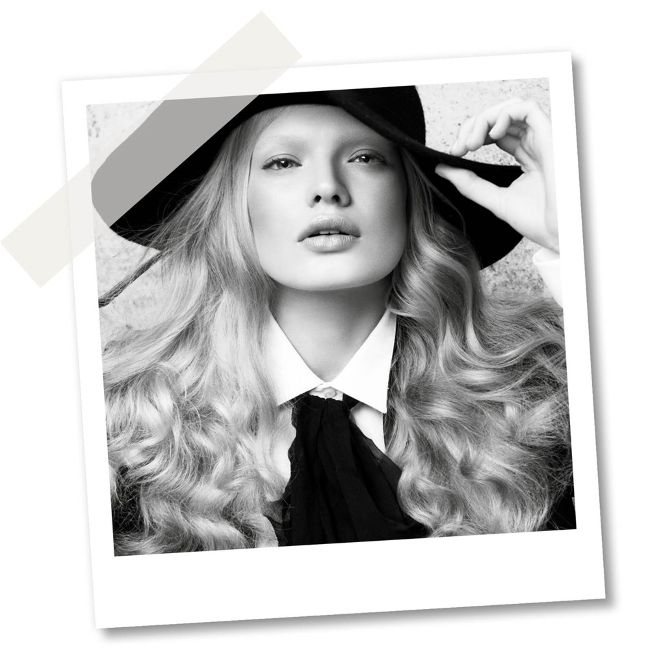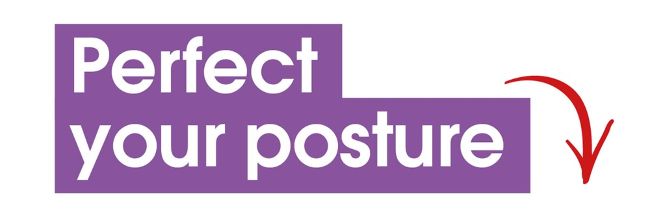CUTTING TRENDS
Long hair, don’t care
Many clients had no choice but to grow out their hair during lockdown and you will have noticed some have become fond of their new length. Here are the essential techniques for cutting and maintaining long hair

HEADMASTERS
“I call this my point break layer. For those with really long hair that don’t want layers but do want movement, I use the perimeter of the natural hair shape to cut a trough into it. It avoids any wispiness and I cut deep triangles into the lengths. It keeps the thickness at the ends but encourages movement within the haircut. It has to be cut on dry, smoothed hair so I always cut my one length wet, smooth dry to cut the point break layer and tong to finish.”

ROOM 97 CREATIVE
“A lot of clients grew their hair during lockdown and decided to keep the length. Some of them haven’t had long hair for a long time so it’s totally new to them – the products, the care required and the styling possibilities. If it’s longer than chest length, your client’s BFF is layers. It will revolutionise the way they see long hair. Layers will lengthen the shape and add movement. It will prevent hair looking limp and lank and add some framing around the face. When your client wears it up, layers will add some depth or fall out to add some interest around the face.”

SAM ASHCROFT
“The main way to keep hair long and healthy is to have haircuts little and often – try to get clients to come in about every eight weeks to get a treatment and trim. This will keep the hair looking luscious and shiny while taking away any split ends. For clients who have grown their hair over the past few months, I recommend cutting in a good shape that works for them whilst they are growing it out. Keeping a strong shape will make styling it much quicker as the shape is already intact. Leaving it too long and losing the shape will make the cut lifeless and lank.”

SHARON MALCOLM
“When it comes to long hair the consultation is really important. Whether it is straight or curly, everyone wants to wear their hair differently. A blunt outline on straight hair will give that perfect sharp haircut, while a softened edge is ideal for encouraging waves and curls. The consultation and client’s face shape will determine whether you are adding layers or a fringe. There’s so much you can do but it depends on the individual client. Product-wise, a cream is long hair’s best friend. I love Schwarzkopf Miracle 15 for blow-drying long straight hair, while Mad About Curls is my go-to definition cream for wavy or curly hair.”

DANILO GIANGRECO
“Many clients now want a haircut that delivers quick and easy styling at home while keeping their locks healthy. The main rule is to try and educate clients that long hair needs a micro trim every six to eight weeks to avoid split ends. Always consider hair texture: For thick hair opt for long layers, mainly around the face for a flattering, face framing shape. On thick hair you can texturise the ends for a softer finished look. Thin hair struggles to maintain volume, so instead of fighting to create it with lots of layers, suggest an easy one-length cut just over the shoulders. If a client is looking for a change while maintaining length, opt for an overgrown shag. Add salt spray and let it air dry for a cool, mod ern look.”

When cutting be wary of your posture to prevent aches and pains, says Andrew Carruthers, education director at Sam Villa. “Old habits can be hard to break, but knowing the proper standing position and the best tools to use to decrease pain will ensure you have a happier and longer career,” adds Andrew. “You need to have a natural neutral foot position to make sure there’s equal pressure from the big toes to the back corner of the heel and from the little toes to the opposite back corner of the heel,” he says. “Remember, feet have to move as you cut hair as over direction comes from your feet. They must move consistently and remain balanced for predictable results and a healthy career.”